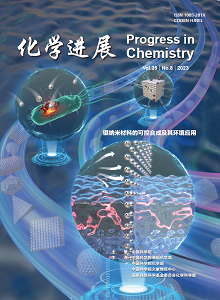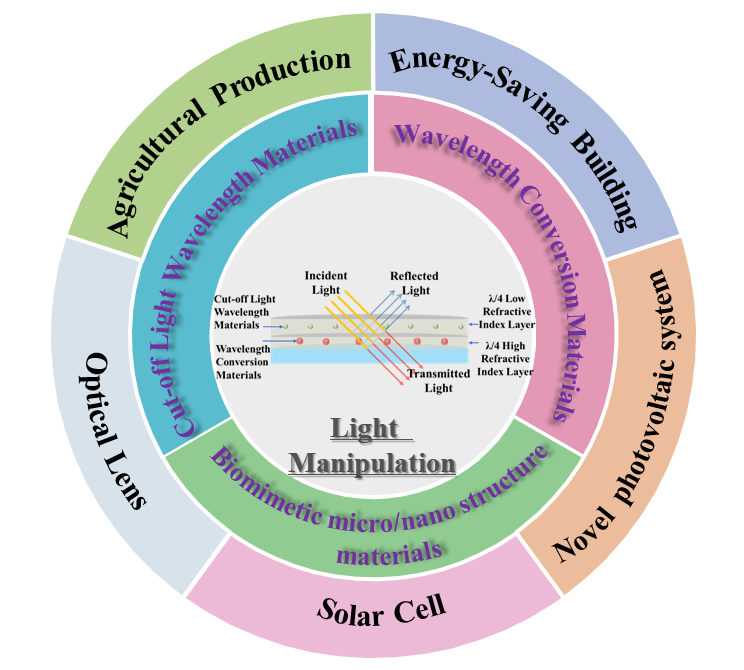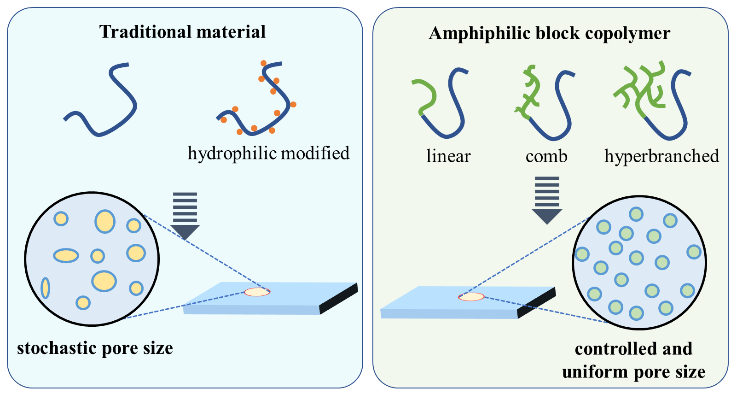Yuhan Bao, Zifeng Guo, Jintao Li, Mingzu Zhang, Jinlin He, Peihong Ni. Combination Antitumor Therapy Based on Codelivery Nanosystems of Doxorubicin[J]. Progress in Chemistry, 2023, 35(8): 1123-1135.
Tumor has been one of the most common causes of death worldwide, while chemotherapy is still the major tool for antitumor treatment. As a broad-spectrum anthracycline-type antitumor drug, doxorubicin (DOX) has been widely used in different types of tumors in clinical practices. Nevertheless, its serious side effects, including cumulative cardiotoxicity and dose-limiting myelosuppression, present significant challenges to the clinical application. Researchers have long been committed to finding routes to reduce the toxic side effects of DOX, whereas the strategies of combination antitumor therapies based on codelivery nanosystems have received wide attention. They can realize the targeted enrichment and on-demand release of drugs in the lesion area, reducing the adverse reaction of DOX to normal tissues through drug combination and reversing the multi-drug resistance (MDR) of tumor cells to a certain extent. In this review, we focus on the recent progress on the DOX-based combination antitumor therapies together with other chemotherapeutic agents (camptothecin, paclitaxel, cisplatin), genetic drugs (pDNA, siRNA, miRNA), gas molecules (NO, O2, CO, H2S, SO2) or natural medicines (dexrazoxane, berberine, flavonoids). Besides, the current challenges and future trends of DOX-based combination therapies are also prospected.
1 Introduction
2 Combination therapy of DOX with other chemotherapeutic agents
3 Combination therapy of DOX with genetic drugs
4 Combination therapy of DOX with gas molecules
4.1 DOX in combination with NO
4.2 DOX in combination with O2
4.3 DOX in combination with CO
4.4 DOX in combination with H2S
4.5 DOX in combination with SO2
5 Combination therapy of DOX with natural medicines
6 Conclusion and outlook




















